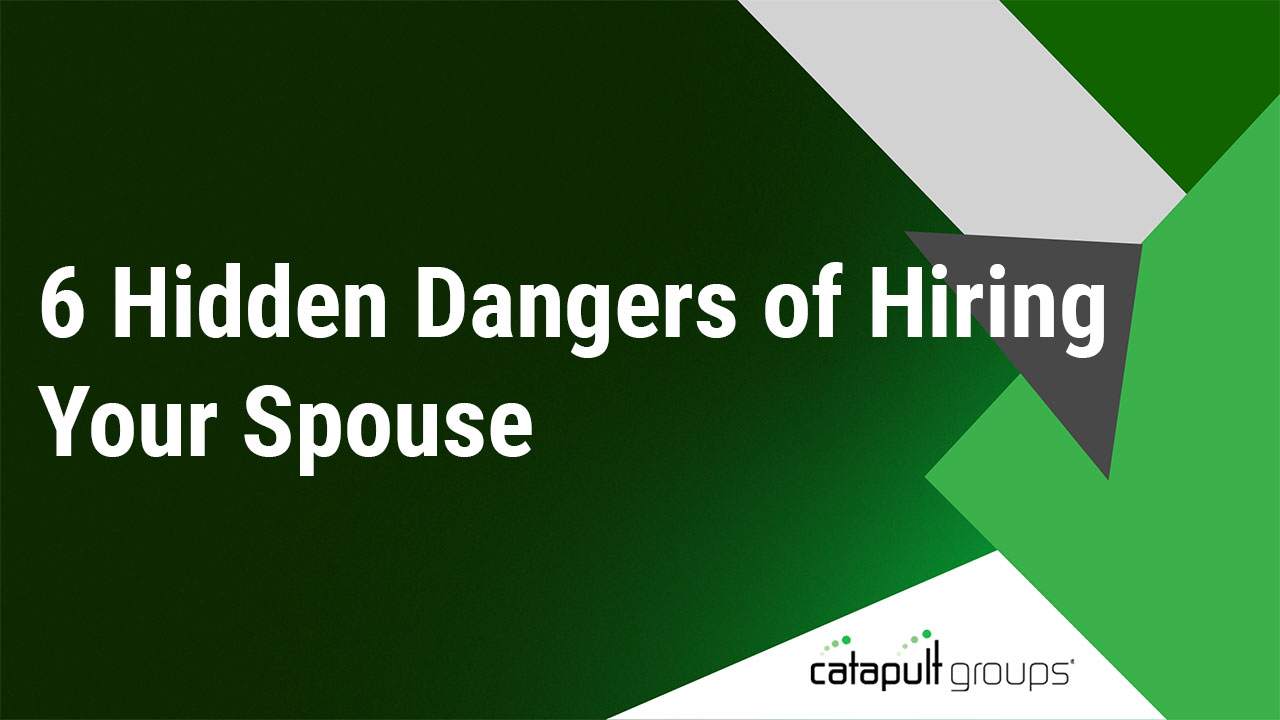Hire Slowly, Fire Quickly
Many of us pride ourselves on being a good judge of character. When seeking to fill a high-level position within the company, we think we have an “eye” for finding the person who’s a perfect fit for the job. We invite this person to apply, conduct one or two interviews (maybe including a casual chat over lunch) and—making one of those gut decisions we pride ourselves on—hire this individual and get him started right away.
After going about a new hire this way once or twice, most of us quickly realize it’s the wrong, if not disastrous, approach.
Hiring Done Right
There are good, compelling reasons to have a strong hiring/interviewing process in place. Every position within your business is critically important, or why bother having such a position at all? It follows, therefore, that you want to set a very high bar for becoming a member of your team. Chances are, you won’t get there by relying on your gut.
Implement a rigorous onboarding process that keeps the following in mind:
- Appropriate recruitment techniques
- Personality assessments
- Background investigations
- Multiple interviews with multiple in-house staff
The ultimate objective is to find someone who will be an asset to your company, but it can be difficult to foretell something like that. The best thing you can do is put your best foot forward and make the best decision you can with the information that’s afforded to you, so the more information, the better.
When Ego Gets in the Way
From my experience as a CEO coach and mentor, I’ve found that when many business leaders hire the wrong person, they realize their mistake fairly early on. But rather than act on this realization, they hold on in the hopes that things will “turn around,” or they simply don’t want to admit having made a mistake. Meanwhile, damage to the organization—in terms of payroll, loss of productivity, lost sales, etc.—continues piling up.
What’s worse, others within the company often know as soon as you do, or even sooner, when a bad hire has been made. This individual’s poor performance causes a ripple effect: It negatively affects others’ morale, it may prevent others from doing their own jobs effectively, and it can erode confidence both internally and externally, with resulting damage to the bottom line.
Let Go of Bad Hires
Holding onto a bad hire makes no good business sense. If a new employee isn’t working out, you have a duty to your staff and to yourself, to let him go. Keeping him on in the hopes that you’ll somehow “fix” him almost never works out. That’s why I advocate a “fire quickly” policy. This is one area where learning to cut your losses and move on is critically important.
Making key decisions is among a business leader’s biggest challenges. See how being a Catapult Groups member has helped Tony Barajas, President of Barajas & Associates, Inc., markedly improve his decision-making process.



